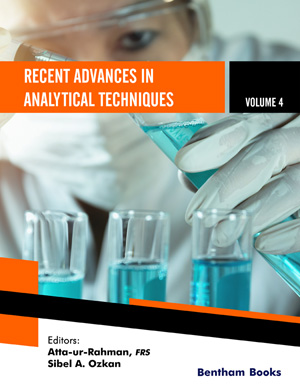Abstract
Among the numerous synthetic organic chemicals that are extensively produced, manufactured, and consequently used worldwide for many different purposes nowadays, such as polycyclic aromatic hydrocarbons (PAHs), polychlorinated biphenyls (PCBs), pharmaceutical drugs, and various other organic chemical species which are being considered as emerging pollutants, pesticides are included as well. The presence and occurrence of these xenobiotic substances not only in various environmental matrices (water, air, and soil), but also in biological tissues of different organisms, as well as in several compartments of raw or processed food of fruit, vegetal, and animal origin, has raised global scientific concerns regarding their potential toxicity towards non target organisms including humans. Furthermore, the efficiency of specific persistent organic contaminants to be magnified, and accumulated along the food chain has enacted strict legislations, regulations and guidelines regarding their use and maximum levels of their residues that are legally tolerated in or on food or feed.
Ensurace of food control and safety is achieved after the performace of extensive analytical stages of sample preparation which include extraction and/or clean-up techniques followed by instrumental analysis for the qualitative and quantitative determination of pesticide residues that are contained in complex matrices, such as food often in trace levels varying from ng kg-1 to μg kg-1. Therefore, the most important, fundamental, and crucial issue to overcome is the development of analytical methods characterized by high accuracy, sensitivity, selectivity, specificity and reliability that allow the simultaneous determination of more than one residue in a simple run (routine analysis). This chapter is aiming to review the most recent advances in developed and applied analytical techniques all over the world for the identification and quantification of pesticides in fruit and vegetable samples, focusing and emphasizing on the procedures of isolation, enrichment, elimination of matrix effects, separation and instrumental determination. Apart from parent compounds, the determination of primary metabolites and degradation products is being reviewed and discussed. Drawbacks and advantages occurring at each stage of the analytical procedure are critically reviewed, and research needs and future trends are also highlightened.
Keywords: Chromatography, Food, Pesticides, Persistent Organic Pollutants (POPs), Residue Analysis, Sample Preparation.






















